Browse this site's news, projects, and people highlights via any of the topics in the dropdown list or below each content description.
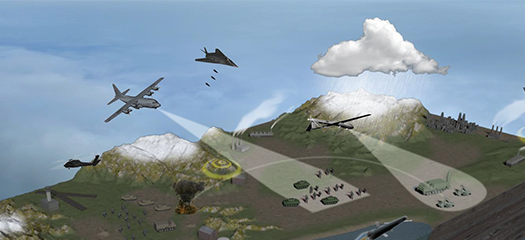
JCATS
One of the most widely used tactical simulations in the world, JCATS is installed in hundreds of U.S. military and civilian organizations, in NATO, and in more than 30 countries.
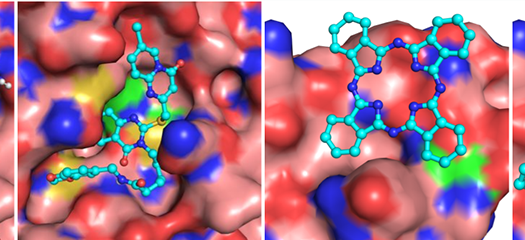
COVID-19 R&D
From molecular screening, a software platform, and an online data to the computing systems that power these projects.

Deterrence in Cyberspace
LLNL’s cyber programs work across a broad sponsor space to develop technologies addressing sophisticated cyber threats directed at national security and civilian critical infrastructure.
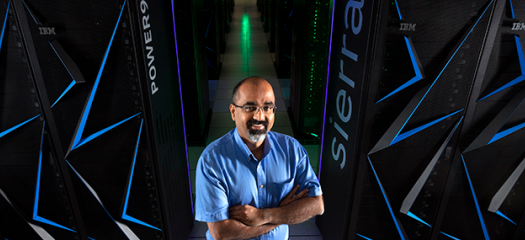
Ramesh Pankajakshan
Computational Scientist Ramesh Pankajakshan came to LLNL in 2016 directly from the University of Tennessee at Chattanooga. But unlike most recent hires from universities, he switched from research…
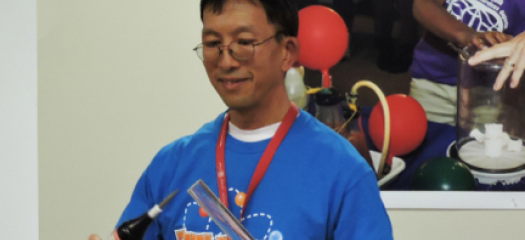
Gordon Lau
When computer scientist Gordon Lau arrived at Lawrence Livermore more than 20 years ago, he was a contractor assigned to a laser isotope separation project.
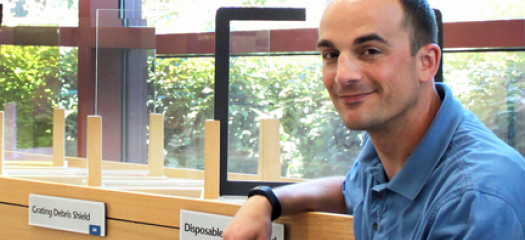
Joshua Senecal
The NIF Computing team plays a key role in this smoothly running facility, and computer scientist Joshua Senecal supports multiple operational areas.

Mapping cosmic shear to illuminate dark energy
In a recent study published in the Astrophysical Journal, LLNL researchers developed an innovative approach to map cosmic shear using linear algebra, statistics, and HPC.
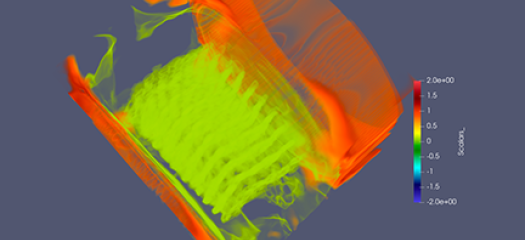
CASC Newsletter | Vol 15 | March 2025
Highlights include ML techniques for computed tomography, a scalable Gaussian process framework, safe and trustworthy AI, and autonomous multiscale simulations.
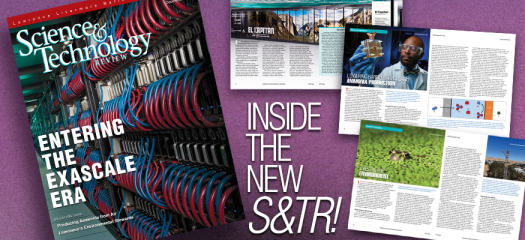
S&TR cover story: Introducing El Capitan
The latest issue of LLNL's magazine explains how the world’s most powerful supercomputer helps scientists safeguard the U.S. nuclear stockpile.
